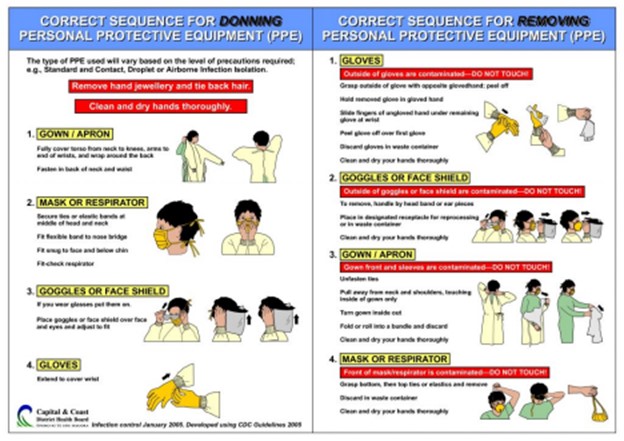A nurse is administering a tap-water enema to a client. The client reports cramping as the nurse instills the irrigating solution. Which of the following actions should the nurse take to relieve the client's discomfort?
Lower the height of the solution container.
Stop the enema and document that the client did not tolerate the procedure.
Encourage the client to bear down
Allow the client to expel some fluid before continuing
The Correct Answer is D
When the client experiences cramping during the enema administration, it indicates that the colon is becoming distended. By allowing the client to expel some of the fluid, the pressure in the colon is reduced, which can help alleviate the discomfort and cramping. The nurse should pause the administration of the enema and allow the client to release some fluid before continuing.
The other options mentioned are not appropriate or effective actions to relieve the client's discomfort:
Lowering the height of the solution container: Lowering the height of the solution container will decrease the force of the fluid flow but may not address the underlying cause of the cramping. Allowing the client to expel some fluid is a more appropriate intervention.
Stopping the enema and documenting that the client did not tolerate the procedure: While it is important to monitor the client's tolerance during the procedure, abruptly stopping the enema and documenting intolerance may not be necessary if the discomfort can be relieved by allowing the client to expel some fluid. The nurse should prioritize relieving the discomfort before deciding to stop the procedure.
Encouraging the client to bear down: Bearing down or pushing can increase intra-abdominal pressure and exacerbate the cramping. This action is not recommended in this situation.
Nursing Test Bank
Naxlex Comprehensive Predictor Exams
Related Questions
Correct Answer is ["A","D"]
Explanation
From the given statements, the nurse can identify the following statements as indicating the effectiveness of cimetidine treatment:
"I don't have as much heartburn after I eat anymore.": Cimetidine is a histamine-2 receptor antagonist commonly used to reduce stomach acid production. Decreased heartburn after eating suggests that the medication has been effective in reducing excessive acid production and relieving heartburn symptoms.
"I can sleep while lying flat again.": Cimetidine can help alleviate symptoms of gastroesophageal reflux disease (GERD) by reducing stomach acid. Improved ability to sleep while lying flat suggests that the medication has successfully reduced acid reflux and related symptoms.
The following statements do not directly indicate the effectiveness of cimetidine treatment: ● "I noticed that I have had less urge to smoke lately."
● "I occasionally have stomach pain and dark stools."
● "I have not been as dizzy as I was before."
These statements may be unrelated to the effects of cimetidine or may require further assessment to determine their significance. It's important for the nurse to address any concerns or symptoms mentioned by the client and evaluate their overall response to the medication
Correct Answer is A,B,C,D,E
Explanation
When removing personal protective equipment (PPE) after caring for a client in contact isolation, the nurse should follow the steps in the following order:
1. Remove gloves.
2. Remove protective eyewear.
3. Remove gown.
4. Remove mask.
5. Perform hand hygiene.
By following this sequence, the nurse ensures that the removal of PPE is done in a way that minimizes the risk of contamination. Removing gloves first helps prevent the spread of potential contaminants on the hands. Removing protective eyewear next avoids any potential contact with the face or eyes during the removal process. Removing the gown comes next, followed by the mask. Lastly, performing hand hygiene after removing all PPE helps ensure the hands are thoroughly cleaned.

Whether you are a student looking to ace your exams or a practicing nurse seeking to enhance your expertise , our nursing education contents will empower you with the confidence and competence to make a difference in the lives of patients and become a respected leader in the healthcare field.
Visit Naxlex, invest in your future and unlock endless possibilities with our unparalleled nursing education contents today
Report Wrong Answer on the Current Question
Do you disagree with the answer? If yes, what is your expected answer? Explain.
Kindly be descriptive with the issue you are facing.
